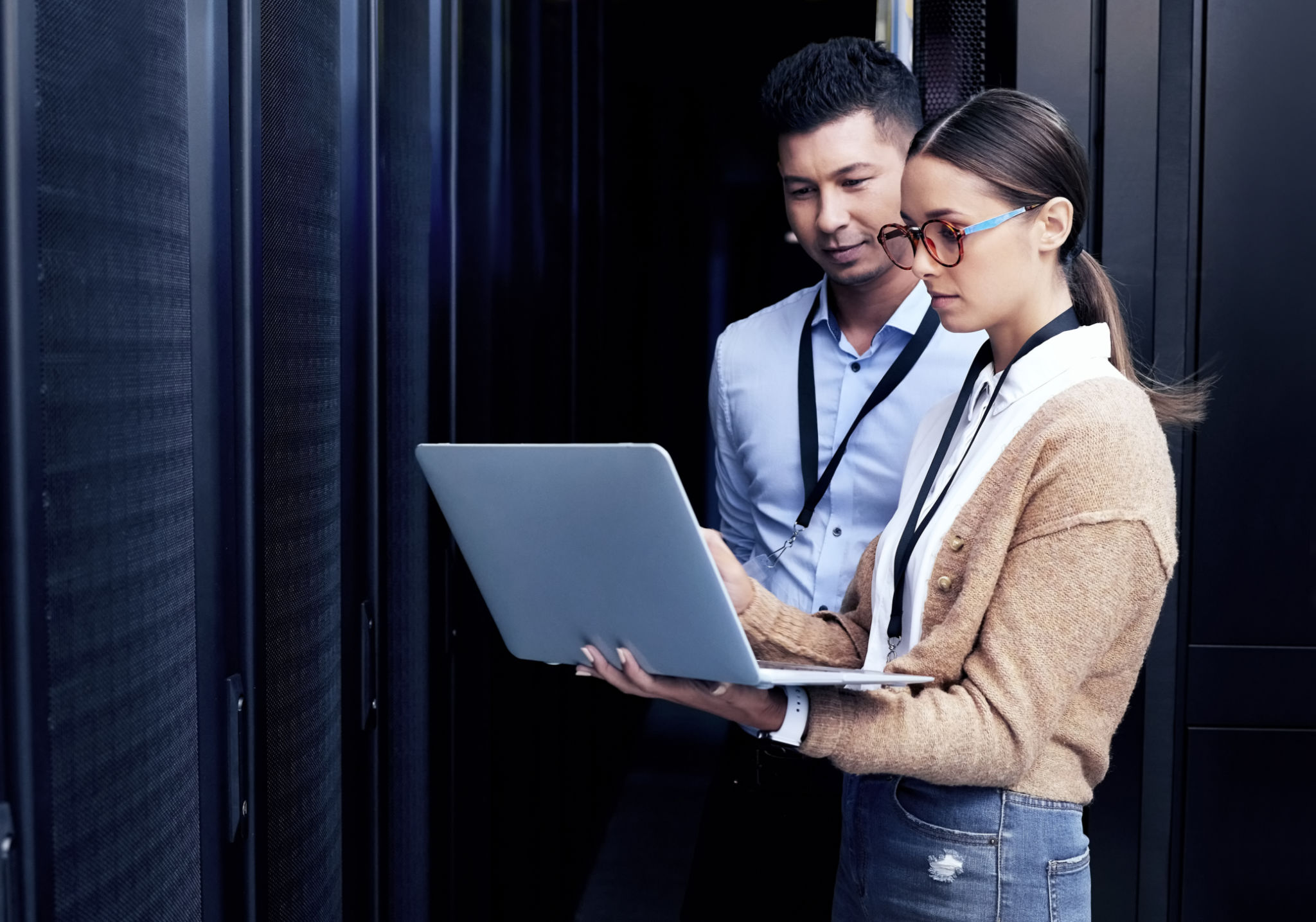Surviving Facility 13: Strategies for Defending Terminals
Understanding the Challenge
Surviving Facility 13 is no small feat. With complex systems and numerous entry points, defending the terminals within this facility requires a strategic approach. These terminals are the heartbeat of operations, making their protection crucial for mission success. In this guide, we’ll explore effective strategies to keep your terminals secure.
Facility 13 is notorious for its intricate layout and potential vulnerabilities. Understanding the structure and identifying weak points is the first step in devising a successful defense strategy. Recognizing common threats can help in preparing for unexpected challenges.

Effective Defense Strategies
Deploying Advanced Technology
One of the most effective ways to defend terminals is by deploying cutting-edge technology. Implementing advanced surveillance systems can provide real-time monitoring of critical areas. Integrating AI-driven analytics can help in predicting and identifying threats before they manifest.
In addition to surveillance, using encrypted communication channels is vital. This prevents unauthorized access and ensures that sensitive information remains confidential. Regular updates and maintenance of these systems are necessary to adapt to evolving threats.

Training and Preparedness
Another crucial aspect of defending terminals is ensuring that the personnel are well-trained. Conducting regular drills and simulations can prepare staff for potential security breaches. Emphasizing the importance of vigilance and quick response times can make a significant difference in crisis situations.
Furthermore, creating a comprehensive training program that covers both technical and situational aspects can enhance overall preparedness. This includes familiarizing staff with the facility’s layout, emergency protocols, and response strategies.
Strengthening Physical Security
Access Control Mechanisms
Implementing robust access control mechanisms is essential for facility security. Utilizing biometric authentication systems can ensure that only authorized personnel have access to sensitive areas. This reduces the risk of insider threats and unauthorized entry.
Regular audits of access logs can help in identifying any suspicious activity. Ensuring that these systems are up-to-date and functioning efficiently is critical to maintaining security integrity.

Reinforcing Structural Defenses
Physical barriers and reinforcements play a significant role in protecting terminals. Installing reinforced doors and windows, along with security personnel at key points, can deter potential intruders. Surveillance cameras with motion detection can act as an additional layer of security.
Periodic assessments of these physical defenses can help in identifying any vulnerabilities and addressing them promptly. Collaboration between security teams and facility management is essential for effective implementation.
Conclusion
Defending the terminals at Facility 13 requires a multifaceted approach that combines technology, training, and physical security measures. By implementing these strategies, you can enhance the facility's resilience against potential threats and ensure the safety of critical operations. Staying proactive and adaptable is key to surviving and thriving in such a challenging environment.